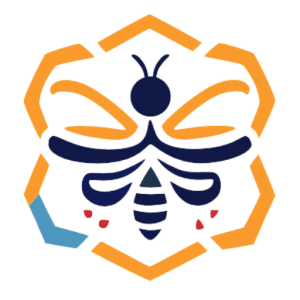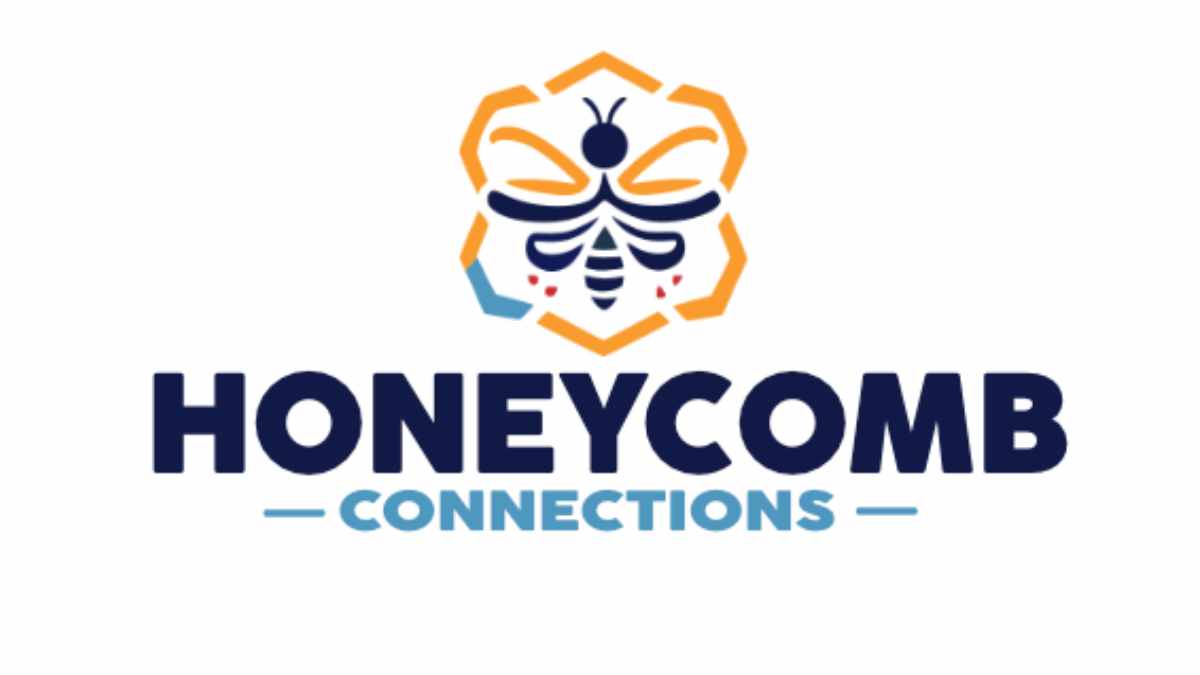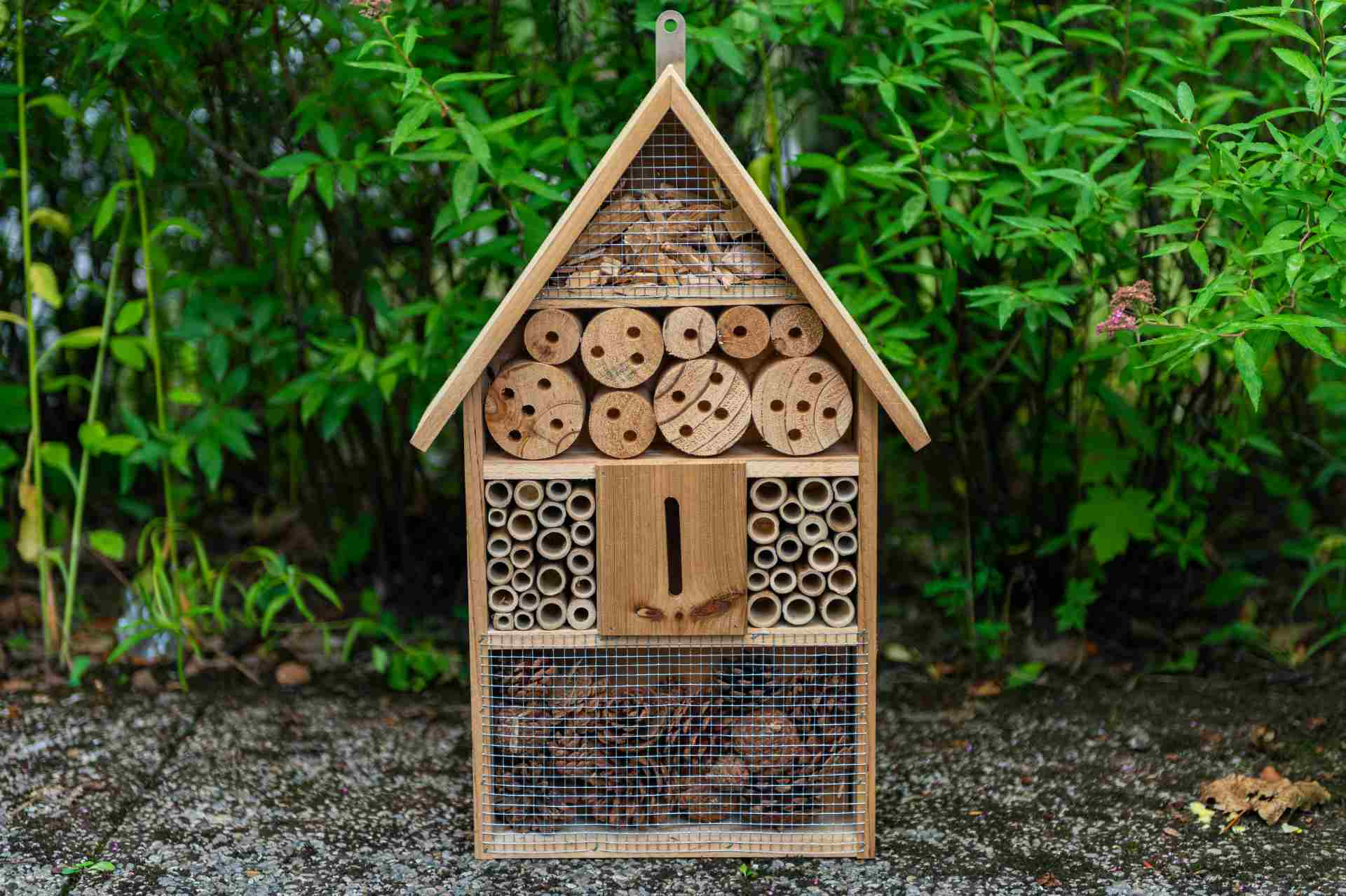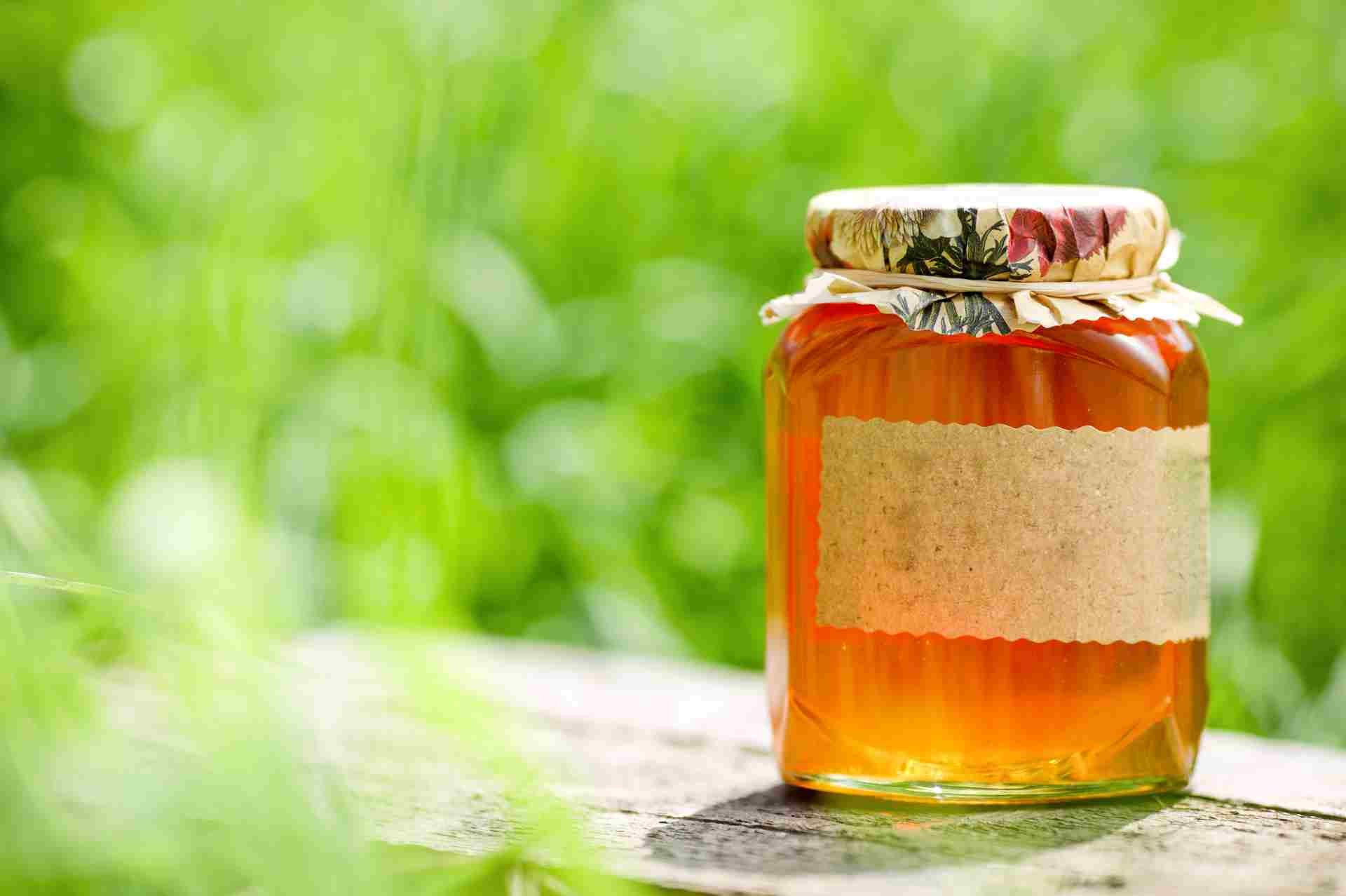
The Transformative Power of Kindness in Women and Bees
Ready to make a buzz-worthy impact on our planet? Join us in taking Action for bee conservation and protecting these essential pollinators. Here’s how you can bee a hero for bees:
Transform Your Garden into a Bee-Friendly Paradise with Native Plants
Create a bee paradise in your backyard by planting native flowers, herbs, and shrubs that provide food and shelter for bees. Every garden plot counts! Here are some examples of good Bee-friendly flowers.
Lavender: This fragrant herb produces abundant nectar and is highly attractive to bees. Its purple flowers bloom throughout the summer, providing a long-lasting food source for bees.
Bee Balm (Monarda): Bee balm, also known as bergamot or Oswego tea, produces vibrant clusters of flowers in shades of pink, red, or purple. Bees are particularly drawn to its tubular-shaped blossoms, rich in nectar.
Sunflowers: Sunflowers are cheerful additions to the garden and excellent bee attractants. Their large, showy blooms provide ample nectar and pollen, attracting various bee species.
Purple Coneflower: This native perennial produces daisy-like flowers with prominent, spiky centres. Bees are attracted to its nectar-rich blooms, which also provide food for butterflies and other pollinators.
Goldenrod: Despite its reputation as a cause of hay fever (caused by ragweed), goldenrod is a valuable late-season nectar source for bees. Its bright yellow flowers bloom in late summer and early fall, providing essential food for bees before winter.
Wild Bergamot: Like bee balm, wild bergamot produces clusters of lavender-pink flowers that are irresistible to bees. It thrives in sunny locations and well-drained soil.
Coneflower: Coneflowers, also known as black-eyed Susans, are easy-to-grow perennials with daisy-like flowers. They attract bees with bright yellow or orange petals and raised central cones filled with nectar and pollen.
Salvia: Salvias, including varieties like sage and perennial salvias, produce spikes of tubular flowers in shades of blue, purple, pink, or red. Bees are highly attracted to salvias’ nectar-rich blossoms, which bloom from spring to fall.
Penstemon: Also known as beardtongue, penstemon is a favourite of many bee species. Its tubular flowers come in various colors, including shades of red, pink, purple, and white, and provide abundant nectar.
Milkweed: Milkweed is essential for supporting monarch butterflies, but it also attracts bees with its fragrant flowers. As an added bonus, milkweed serves as the primary food source for monarch caterpillars.
When you’re thinking about creating a garden that’s friendly to bees, choosing various flowering plants that bloom at different times throughout the growing season is essential. This way, the bees will have a continuous supply of nectar and pollen from spring to fall, which will help support their health and well-being. It’s also a good idea to go for native plant species whenever possible, as they’re best adapted to your local climate and soil conditions and provide the most significant benefit to local bee species. Let us know if you know of other Bee friendly plants that are not on the list.
Beyond the Jar
Creative Ways to Support Your Local Beekeepers
Spread Awareness: Share the buzz about bee conservation on social media, at community events, or even over a cup of tea with friends. Knowledge is power, and spreading awareness can inspire others to join the cause.
Support Local Beekeepers: Purchase honey and other bee products from local beekeepers who prioritize the health and well-being of their bees. Your support helps sustain beekeeping traditions and promotes sustainable practices.
Take Action: Advocate for policies that protect bees and their habitats. Write to your representatives, sign petitions, and support initiatives that promote bee-friendly farming practices and ban harmful pesticides.
Educate Yourself: Learn more about bees, their importance to ecosystems, and the threats they face. Knowledge empowers Action, so dive into books, documentaries, and online resources to deepen your understanding.
Volunteer: Get your hands dirty and lend a hand in bee conservation projects, habitat restoration efforts, or educational programs in your community. Your time and effort make a real difference.
Be a Bee-Friendly Consumer: Choose organic and pesticide-free products to support bee-friendly farming practices whenever possible. Your purchasing decisions can influence market trends and encourage sustainable agriculture.
Together, let’s create a hive of activity and positively impact bees and our planet. Bee a hero today and join the movement to protect these incredible pollinators! 🐝💚
